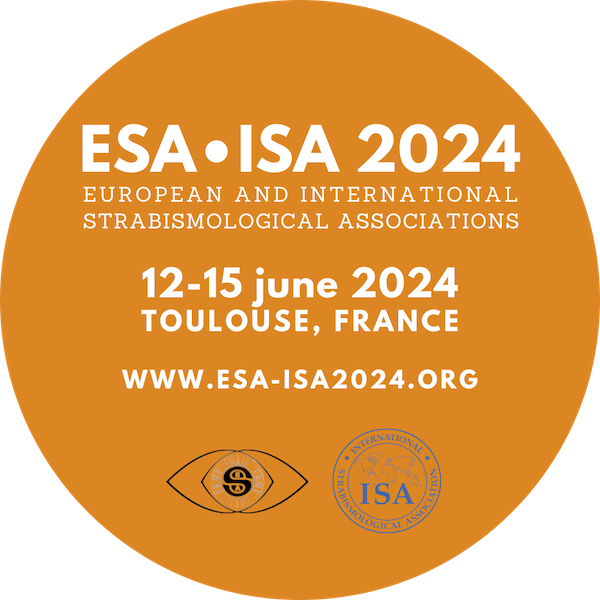
Session: Poster session B
Intermittent Exotropia following Accommodative Esotropia
Introduction
Uncorrected hyperopia may result in accommodative esotropia (AET) by increasing the accommodative effort coupled with accommodative convergence. Accommodative esotropia is frequently linked to an elevated accommodative convergence to accommodation (AC/A) ratio.
Intermittent exotropia (IXT) is characterized by a gradual and progressive outward deviation of either eye. Typically, the measured deviation tends to be more pronounced at a distance. Subsequent exotropia is observed in 5 to 20 percent of patients who initially present with fully AET. We report the clinical characteristics of AET convert to IXT after wearing spectacles.
Methods
Patients diagnosed with AET were reviewed from January 1988 to December, 2023. Age at initial examination and final examination, gender, amount of ocular deviation in prism diopters, best corrected visual acuity, cycloplegic refraction, time to achieved orthophoria, time to convert to exotropia, and stereoacuity were collected.
Results
Twenty children were enrolled in our study, with a mean age of 2.82 at the initial visit and 9.21 at the final visit. Refractive errors ranged from +2.5 to +11.0 diopters. Initially, all participants exhibited esodeviation, which resolved to orthophoria after wearing glasses for an average of 1.23 years. However, exodeviation manifested at a mean age of 5.72. Among them, 6 cases presented with exodeviation ranging from 15 to 25 prism diopters (PD). 7 cases exhibited exodeviation exceeding 30 PD, with four of them undergoing strabismus surgery, resulting in the restoration of proper alignment. Although most participants demonstrated good visual acuity, stereoacuity was poor except four cases.
Conclusion
Early correction with spectacles in AET patients can restore ocular alignment and visual acuity. With spectacle correction, intermittent exotropia might reveal due to decrease of accommodative demand. Strabismus surgery for esotropia should not be performed without full correction of hypermetropia.